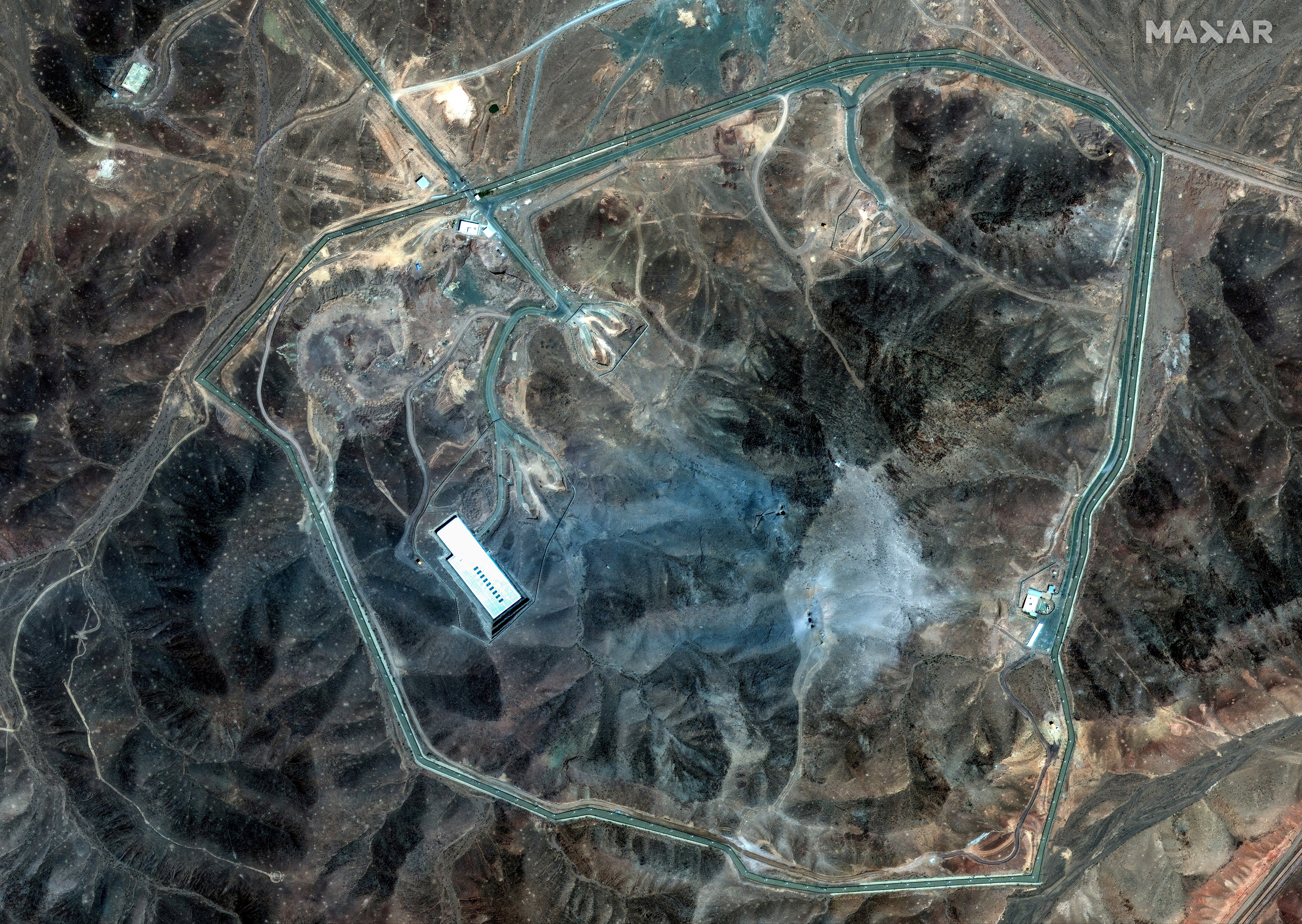Iran is set to close a major oil shipping route in retaliation for “devastating” US strikes on three of its nuclear sites.
Tehran’s lawmakers voted to cut off the Strait of Hormuz, a trade route that sees one-fifth of the world’s oil and gas pass through it.
It comes after seven US stealth bombers dropped 14 30,000-pound bunker-busting bombs on Iran’s nuclear facilities early on Sunday morning in an operation called ‘Midnight Hammer’.
Follow latest updates on the Iran-Israel crisis here
However, Iran’s parliament’s decision is not binding, and a final decision would have to be made by top Iranian security officials, according to state media.
So what is the Strait of Hormuz, and how could closing it affect global oil and gas? The Independent takes a look below.

What is the Strait of Hormuz?
The strait lies between Oman and Iran and links the Gulf north of it with the Gulf of Oman to the south and the Arabian Sea beyond.
It is 21 miles (33 km) wide at its narrowest point, with the shipping lane just 2 miles (3 km) wide in either direction.
The strait, which lies in Iran’s territorial waters, sees around one-fifth of global oil supplies and a third of liquefied natural gas pass through it.
Why is it important?
Between the start of 2022 and last month, somewhere between 17.8 million and 20.8 million barrels of crude, condensate and fuels flowed through the strait every day.
The Organisation of Petroleum Exporting Countries (OPEC) members Saudi Arabia, Iran, the United Arab Emirates, Kuwait and Iraq export most of their crude via the strait, mainly to Asia.
The UAE and Saudi Arabia, which are opposed to Iran’s influence in the region, have sought to find other routes to bypass the strait.
Qatar, among the world’s biggest liquefied natural gas exporters, sends almost all of its gas through the strait.
How could it affect global oil and gas trade?
Iran could deny access to the giant tankers that ferry oil and gas to China, Europe and other major energy-consuming regions, according to Bloomberg.
If this happened, oil prices would surge and potentially destabilise the global economy, according to the publication.



